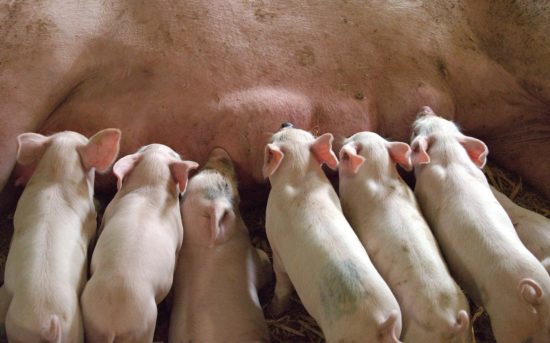Successful Prevention of Antimicrobial Resistance in Animals—A Retrospective Country Case Study of Sweden
The misuse and overuse of antibiotics have resulted in an alarmingly high prevalence of antimicrobial resistance (AMR) in human and animal bacteria. European monitoring programmes show that AMR occurrence in food animals is lower in Sweden than in most other EU Member States and that the use of antibiotics for animals is among the lowest in Europe. In this retrospective country case study, we analysed published documents to identify factors contributing to this favourable situation. A fundamental factor identified was early insight into and sustained awareness of the risks of AMR and the need for the prudent use of antibiotics. Early and continuous access to data on antibiotic use and AMR made it possible to focus activities on areas of concern. Another factor identified was the long-term control and eradication of infectious animal diseases, including coordinated activities against endemic diseases, which reduced the need to use antibiotics. Structures and strategies for that purpose established at the national level have since proven useful in counteracting AMR as an integral part of disease prevention and control, guided by a “prevention is better than cure” approach. A third factor identified was consensus among stakeholders on the need to address AMR and their cooperation in the design and implementation of measures.
AMR NEWS
Your Biweekly Source for Global AMR Insights!
Stay informed with the essential newsletter that brings together all the latest One Health news on antimicrobial resistance. Delivered straight to your inbox every two weeks, AMR NEWS provides a curated selection of international insights, key publications, and the latest updates in the fight against AMR.
Don’t miss out on staying ahead in the global AMR movement—subscribe now!







